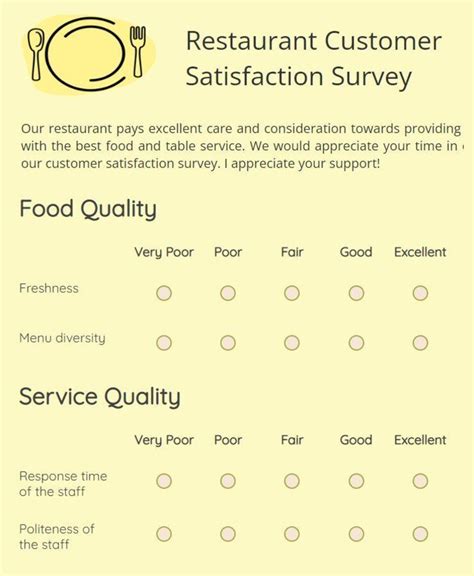How Can Food and Beverage Managers Get Customer Feedback?
Getting customer feedback is crucial for any food and beverage establishment. Positive feedback boosts morale and confirms you’re doing things right, while negative feedback offers invaluable insights into areas needing improvement. Ignoring customer feedback, however, can lead to lost business and a damaged reputation. This post outlines several effective strategies food and beverage managers can employ to gather and utilize customer feedback to enhance their operations and customer satisfaction.
Effective Methods for Gathering Customer Feedback
There’s a multitude of ways to gather valuable feedback from your customers. The key is to use a mix of methods to reach a wider audience and get a more comprehensive understanding of their experiences.
1. In-Person Surveys and Feedback Cards:
- Pros: Direct interaction allows for clarification and immediate addressing of concerns. Customers often feel more valued with personalized attention.
- Cons: Can be time-consuming and may yield limited responses, especially during peak hours. Requires dedicated staff to collect and process the information.
- Implementation Tip: Design simple, easy-to-understand surveys focusing on key areas like food quality, service speed, and overall satisfaction. Offer a small incentive (e.g., a discount on their next visit) for participation.
2. Online Surveys:
- Pros: Cost-effective, allows for a larger sample size, and provides data that's easy to analyze. Can be sent via email or QR codes.
- Cons: May suffer from low response rates if not well-designed or promoted. Requires a platform or service for survey creation and analysis.
- Implementation Tip: Keep the survey short and concise. Use visually appealing designs and offer different response formats (multiple choice, rating scales, open-ended questions). Consider using survey tools like SurveyMonkey or Google Forms.
3. Social Media Monitoring:
- Pros: Provides real-time insights into customer sentiment. Allows for quick responses to complaints and public display of proactive customer service.
- Cons: Can be overwhelming to manage and requires constant monitoring. Negative reviews can be publicly visible, potentially damaging your reputation if not handled well.
- Implementation Tip: Set up alerts for brand mentions and relevant keywords. Actively engage with customers, responding to both positive and negative comments promptly and professionally.
4. Comment Cards and Suggestion Boxes:
- Pros: Simple, low-cost method that encourages feedback in a non-intrusive way.
- Cons: Response rates can be low, and the feedback may be less detailed than other methods.
- Implementation Tip: Place comment cards strategically throughout the establishment and ensure they are easily accessible. Regularly collect and review the feedback.
5. Loyalty Programs and Email Marketing:
- Pros: Allows for targeted feedback collection from repeat customers. Provides opportunities for personalized communication and relationship building.
- Cons: Requires a dedicated system for managing loyalty programs and email marketing campaigns.
- Implementation Tip: Incorporate short surveys or feedback requests into email newsletters or loyalty program communications. Offer exclusive rewards or promotions for participation.
6. Mystery Shoppers:
- Pros: Provides unbiased and objective feedback on various aspects of the customer experience, including service quality and staff behavior.
- Cons: Can be expensive to hire and may not reflect the typical customer experience.
- Implementation Tip: Hire a reputable mystery shopping company and clearly define the areas you want assessed.
Analyzing and Using Customer Feedback
Once you've collected feedback, it's crucial to analyze it effectively. Identify recurring themes, patterns, and trends. Pay attention to both positive and negative comments. Use this information to:
- Improve food quality: Address any consistent complaints about taste, portion size, or presentation.
- Enhance service: Train staff on customer service skills based on feedback regarding attentiveness, efficiency, and friendliness.
- Optimize the menu: Analyze customer preferences and adjust your menu offerings accordingly.
- Improve ambiance: Make changes to the atmosphere based on feedback about lighting, music, or décor.
- Address complaints promptly: Respond to negative feedback immediately and offer solutions to unhappy customers.
By actively seeking and utilizing customer feedback, food and beverage managers can significantly improve their operations, enhance customer loyalty, and ultimately drive business success. Remember, every piece of feedback, positive or negative, presents a valuable opportunity for growth and improvement.
